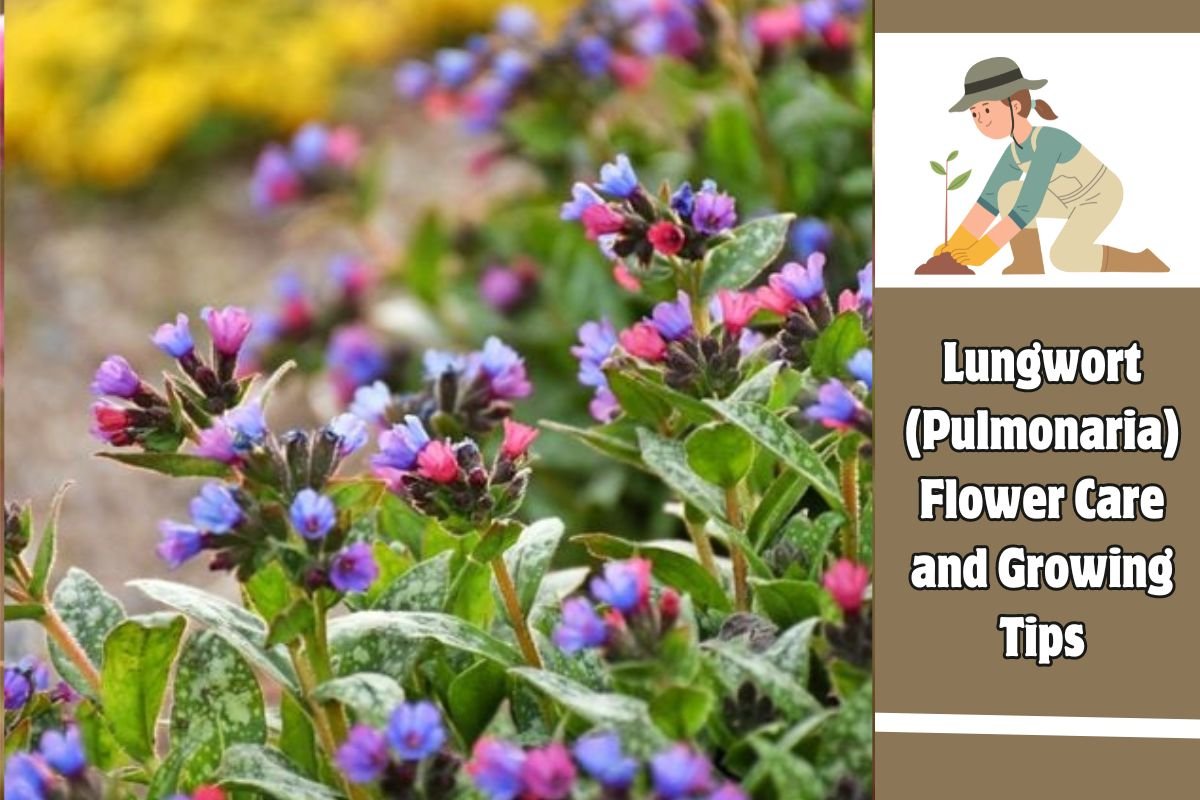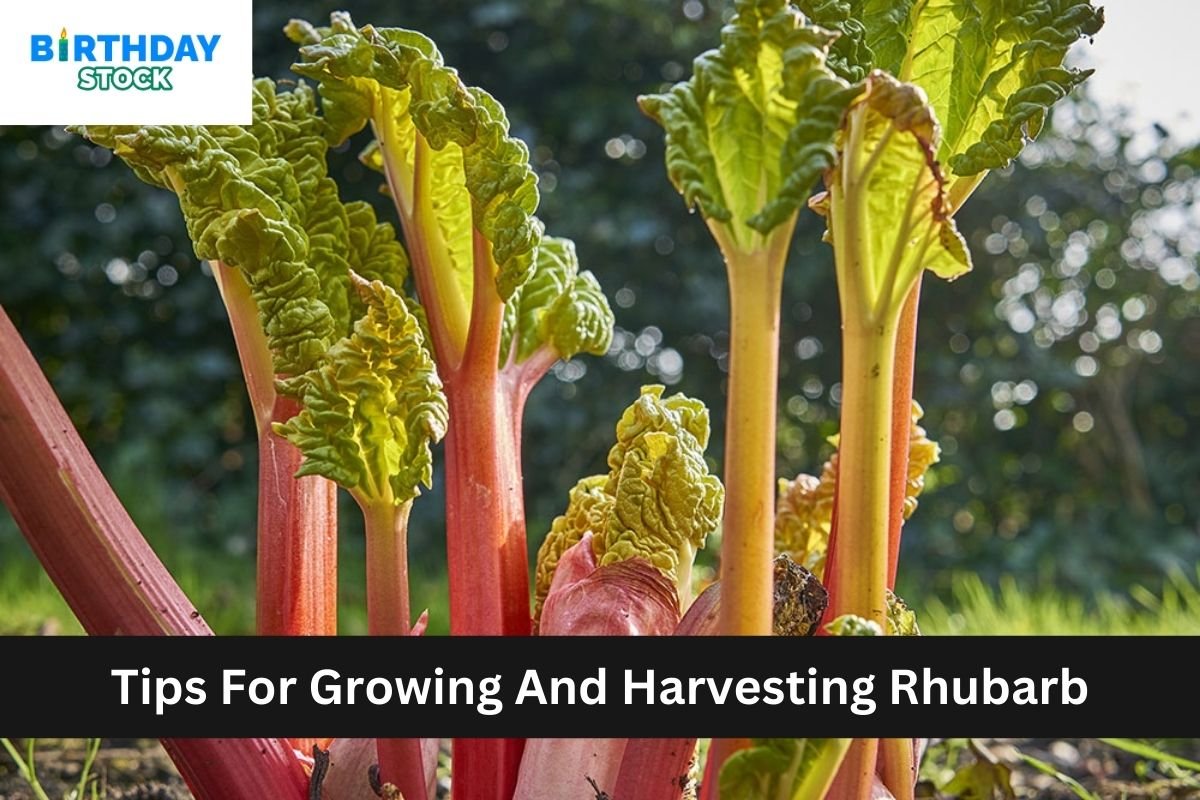Lungwort (Pulmonaria) Flower Care and Growing Tips :- Here’s how to effectively care for lungwort (Pulmonaria), a pollinator-pleaser and delight for shaded, wet regions of your garden.
Lungwort (Pulmonaria) Flower Care and Growing Tips
How to Grow Lungwort Flowers
Lungworts are a vigorous plant with a tragically terrible name. Gardeners love them for their delicate multicoloured flowers and their ability to grow well in shaded areas.
The Morton Arboretum’s Arboretum Plant Clinic Manager, Spencer Campbell, adds that adding any colour to a shady garden is a welcome addition because there aren’t many colourful options available. “They can also be planted as ground cover to fill in garden spaces where other plants might find it difficult to take root.”
ALSO SEE
Value Of A 1971 Quarter: See Which 1971 Quarters Are Worth More Than Face Value!
Lungwort Foliage and Flowers
Although its early-blooming flowers, which range in colour from blue and pink to purple, red, and white, are beloved by pollinators, gardeners frequently select them for their bushy, ornamental leaves.
According to Laura Root, a horticulture at Park Seed, “the foliage of lungwort is often adorned with white or silver spots once thought to resemble human lungs.” “This resulted in their traditional usage to treat respiratory conditions and gave rise to the term Pulmonaria.”
Where to Plant Lungwort
Finding the ideal spot for your Pulmonaria can be a challenge, but they are low-maintenance perennials when planted in the correct conditions.
They should live in a shaded or partially shaded region forever. Their soil has to be damp and well-draining, but not drenched. They enjoy the shade that comes from trees, but occasionally the trees outcompete them for moisture, so in certain situations, they could require more water.
Additionally, Spencer advises exercising caution when planting them next to trees to avoid uprooting their well-established surface roots.
How and When to Plant Lungwort
Lungwort Wildlife Benefits
Despite not being native to North America, Pulmonaria is frequently thought to be a beneficial addition to pollinator gardens. According to Laura, it is an early bloomer that gives bumblebees a valuable springtime food source. Additionally, its clump-forming growth generates habitat for helpful insects like spiders and beetles. Additionally, it’s uncommon to locate a shade plant that draws butterflies and hummingbirds.
Lungwort Cultivars to Grow
There are many different cultivars and hybrids of pulmonaria. One particularly notable variety is Raspberry Splash, which has bright, big clusters of pink and purple blooms and is very resistant to mildew and slugs.
Lungwort Pitfalls, Pests and Problems
The fact that Pulmonaria wilts and dies back in hot weather is one of the main complaints against it. But after the weather cools off, they usually wake up. Keep them hydrated, but not wet, and cut off any dead areas to aid in their recovery. To promote new development, it’s also beneficial to trim off the ragged leaves and stems once they’ve finished flowering.
Other common problems and concerns include:
Too-wet planting zones or soil that stays damp for an extended length of time can both result in leaf spots and crown and root rot.
Planting in overly dry conditions, which may induce dormancy.
Very acidic or alkaline soils. The ideal pH range for lungwort is between 7.0 and 8.0.
Slugs, which are harmful to plants.
Mildew that powders and can be unsightly.
Some species of Pulmonaria can be toxic to people and animals, but this is not always the case.















